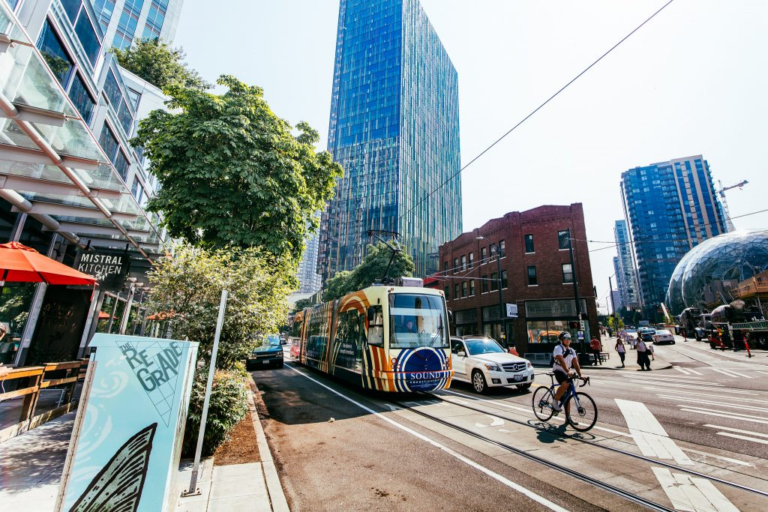What the Amazon Headquarters Beauty Contest can teach us about Economic Development
Seth Zeren is a founding member of Strong Towns and recently started up a blog called Strong Rhode Island. The following article is republished from this blog with permission.
The economic development world is all abuzz with the recent news that Amazon is courting cities for a second headquarters that will match their current, in Seattle, with 50,000 employees and over 8 million square feet of office space. To no one’s surprise, the State of Rhode Island has declared its intention to submit a proposal to lure Amazon’s new offices and tens of thousands of highly paid workers.
“Amazon will be looking for a well-educated metro-region that is also attracting many new young, highly trained workers.”
Let’s first acknowledge that Rhode Island and Providence aren’t going to win this competition. A quick read-through of the Amazon RFP and a bit of reflection on the recent move of GE to Boston and Amazon’s current headquarters in urban Seattle and it’s clear that the Providence metro area doesn’t have the scale, employment base, public transportation system or any number of other requirements of the proposal. The State and City will no doubt offer a generous package of incentives. But so will dozens of other cities—cities that are larger, with faster growing populations of young college graduates, rapidly improving transit systems, superior bike infrastructure, and urban placemaking projects galore.
But this post isn’t about being negative. I get that the state has to respond to something like this, so I’m not going to dwell on whether that’s a good use of resources. I’m more interested in what this Amazon mega-RFP can teach us about what we need to be doing as a city and state if we want to grow our economy in the 21’st century.
Amazon is in Seattle because that’s where it was founded. Lesson: We need to spend our time and resources strengthening homegrown businesses so that they succeed and grow with their attachment to Providence and Rhode Island. Amazon is also in Seattle because of the large and growing pool of highly trained workers; they will be looking for a well-educated metro-region that is also attracting many new young, highly trained workers. They will be looking for something similar in their new location. As Joe Cortright writes at City Observatory, “the location decision is going to be made by the HR department.”
This means two things. First, Rhode Island needs to continue to improve educational attainment, not just at the elite end, but in the wide middle. But also, crucially, it needs to continue to do the things that are attracting new highly trained professionals to move to cities: exciting placemaking, bike infrastructure, beer, transit, and infill development.
This is what the street view looks like in front of Amazon HQ—transit, walking, biking, and dense urban development:
When you look at the City and State you see little understanding of the importance of creating the places that these professionals are looking to move to. From RIDOT’s Rhode Works program of rebuilding highways, to the ailing and underfunded RIPTA transit system, to the City Council’s recently passed resolution making it harder to create bike lanes, you don’t get a sense that our political leaders are trying to emulate successful places— from Portland, OR, to Denver, CO, Austin, TX, Washington, DC, or Cambridge, MA.
So we’re not going to win the Amazon HQ2 RFP—it would probably be bad news if we did, but that’s another story—but we can learn some useful lessons to grow our City and Region so that someday we will be the kind of place that won’t need a mega economic development relocation to have a prosperous, equitable economy.
(Top photo by Robert Scoble)




A small, local, mixed-use business versus a new Amazon warehouse. Let’s put these two business proposals before the Shark Tank (Winnipeg edition).